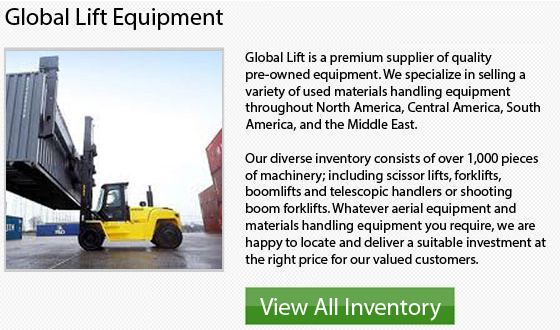
There are actually a variety of essential steps in forklift training that concern specifically to forklift safety. For starters, it is really essential to make certain that all workers have been correctly trained and certified to utilize the machine. This is a large piece of equipment that we are talking about. You simply cannot take risks with it. Lift truck training is vital business that should be taken seriously. If you decide to skip this process, extreme consequences can eventually catch up with you. Allowing improperly trained and inexperienced people to drive forklifts could lead to very bad injuries, severe damage and also fatality.
One easy safety measure to implement is the wearing of seatbelts all the time. This is a safety measure which a lot of employees take for granted, since they will just be traveling around 10 miles an hour. Employees usually think that they will not have any type of issue and hence, start not wearing them. This is where the danger can occur, since it is easy for an accident to take place that could have damaging consequences. This is not a truck or an automobile; the seatbelt is not necessary to hold them inside the cab if they run into something. In a forklift, the purpose is much more significant, even if the machine travels at low speeds, in the unfortunate event of a tip-over, the seatbelt holds the operator in place secure in the seat of the driver so they would not topple out and be accidentally crushed beneath.
In the event of any mechanical problems or issues, a well-organized reporting system needs to be in place. Workers require a logical way to communicate these situations so that people who are accountable for fixing them will. Employees have to know enough about the machine that they understand at least the very basics of what can go wrong.
A driver has to be able to identify if there is a problem with the lift truck so as to fix it before it becomes a big and possibly risky or expensive problem. Having a reliable reporting system in place is very important for workplaces that run on shift work. For instance, if one driver leaves after knowing that there is a problem, and the secondary operator doesn't know the problem during his shift, then terrible situations can happen. Lift truck training is much more involved than just learning simply how to utilize the equipment.
It is crucial that you teach your employees never to hop out of a lift truck, even if they are feeling the machine overturning. The trick in this dicey situation is to lean away from the turn while staying in the cab and holding on firmly.